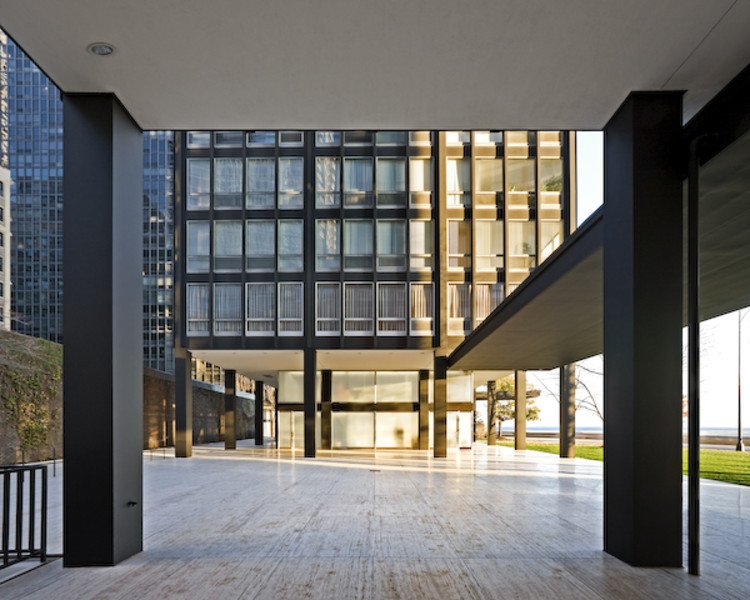An Introduction: The Architectural Genius of Mies van der Rohe
Step into the world of architectural brilliance as we embark on a journey through the legacy of Ludwig Mies van der Rohe. Known for his groundbreaking contributions to modernist design, Mies's influence reverberates through time, shaping spaces that are both functional and aesthetically captivating.
In this introduction, we peel back the layers of Mies van der Rohe's design philosophy, exploring the essence of 'less is more' and the seamless fusion of form and function. From his iconic Barcelona Chair to the structural marvels of the 860-880 Lake Shore Drive towers in Chicago, Mies's imprint on the world of architecture is indelible.
Join us as we unravel the secrets behind his timeless creations, examining the interplay of steel, glass, and open spaces that define the Miesian aesthetic. Through a modern lens, we'll delve into how his principles continue to inspire contemporary design, transforming spaces into harmonious showcases of innovation.
Get ready to be captivated by the architectural alchemy of Mies van der Rohe, where each structure tells a story of simplicity, elegance, and the enduring power of visionary design.
Ludwig Mies van der Rohe was a prominent figure in the modernist architectural movement during the mid-20th century. He was a key proponent of the International Style, which emerged in the early 20th century and gained prominence in the 1920s and 1930s. The International Style emphasized functionalism, simplicity, and the use of modern materials and technology.
Mies, in particular, was associated with the phrase "less is more," reflecting his commitment to minimalist design principles. His work often featured clean lines, open spaces, and a focus on the essential elements of architecture. He believed in the importance of structural honesty and the use of materials such as steel and glass to create spaces that were both functional and aesthetically pleasing.
One of the defining characteristics of Mies van der Rohe's style is the use of an open floor plan, where interior spaces flow seamlessly into one another. He eliminated unnecessary ornamentation and embraced the concept of "universal space" that could adapt to various functions.
Mies van der Rohe's influence extended beyond architecture; he was also a significant figure in modern furniture design. His iconic Barcelona Chair and Brno Chair, for example, showcase the same principles of simplicity and elegance that characterize his architectural work.
The 860-880 Lake Shore Drive towers in Chicago are exemplary of Mies van der Rohe's style, featuring a steel structure, expansive glass facades, and a focus on spatial clarity. These buildings are considered timeless examples of modernist architecture, reflecting Mies's commitment to creating spaces that are both functional and visually striking.
Photos: I apologize but I’ve gathered hundreds of Mies photos in research of this project and I didn’t save all the photo sources. If you own the rights to any of the images used in this post and would prefer them not to be featured here, please kindly reach out to us at nina@ninaisabella.co. We respect your ownership and will promptly address any concerns. Thank you for your understanding.








